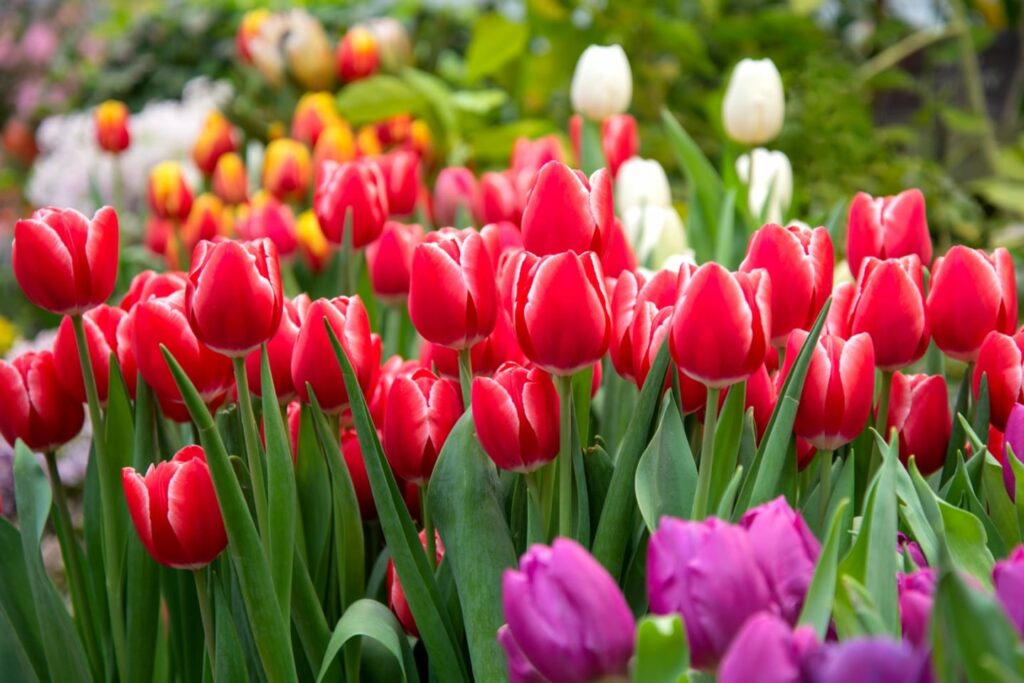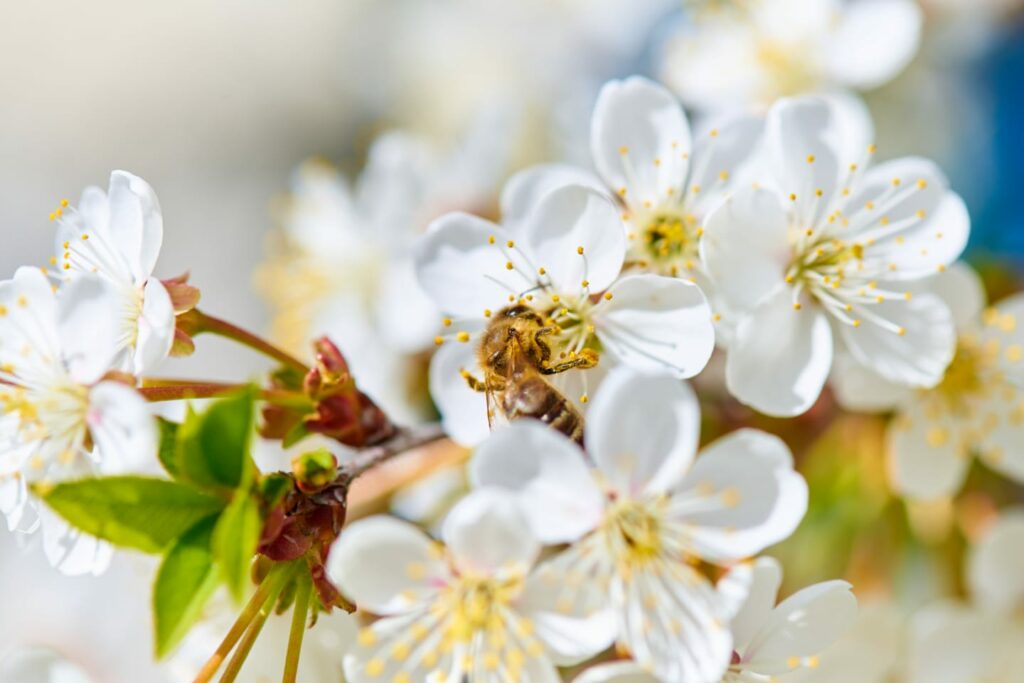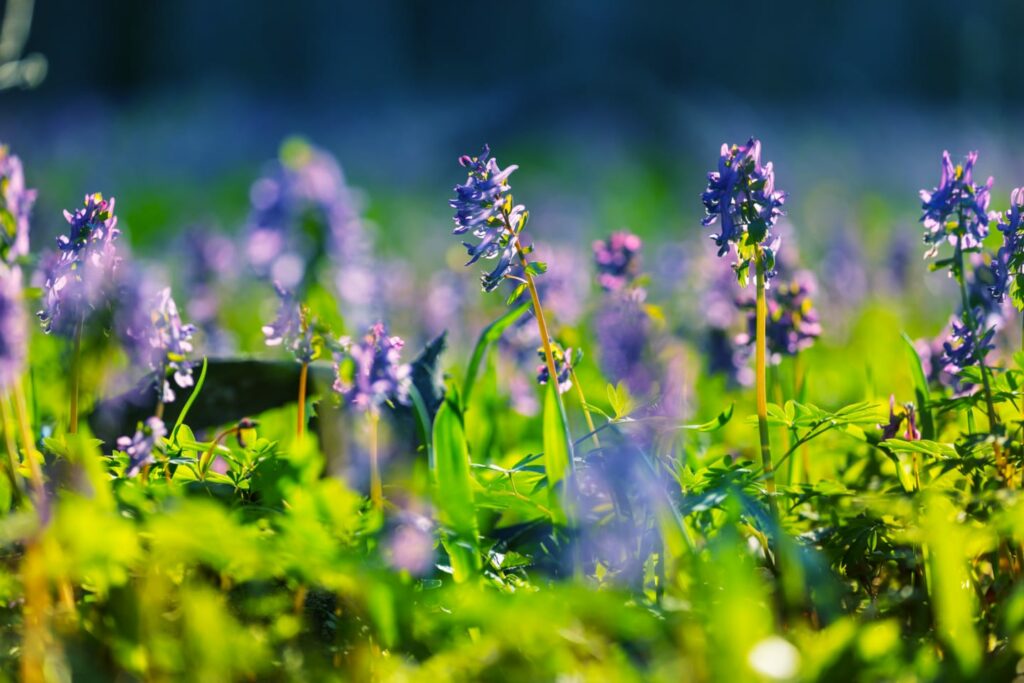Contents
What Flowers to Plant in Spring: A Blooming Guide to Springtime Gardening
Spring is a magical time of year when the earth awakens from its winter slumber, and gardens everywhere come to life with vibrant colors and delicate scents. It’s the perfect time to roll up your sleeves, dust off your gardening gloves, and get your hands dirty planting some beautiful spring flowers. In this comprehensive guide, we’ll explore the best flowers to plant in spring, share some useful gardening tips, and even sprinkle in some humor, anecdotes, and fun facts to keep things interesting.
Introduction: The Joy of Springtime Gardening
Springtime is like nature’s very own catwalk, showcasing a stunning array of flowers and foliage that will make your heart sing. As gardeners, we have the unique opportunity to curate our own little slice of paradise, a personal Eden that reflects our tastes and personalities.
Gardening is not just a hobby, it’s a way of life, and there’s something truly special about nurturing plants from tiny seeds into beautiful, thriving flowers. So, whether you’re a seasoned gardener or a green-thumbed novice, let’s jump right into our blooming guide and discover what flowers to plant in spring.

Top 10 Flowers to Plant in Spring
Choosing the right flowers for your spring garden can be a daunting task, especially with so many beautiful options available. To help you make the perfect choice, we’ve compiled a list of our top 10 flowers to plant in spring. Trust us, your garden will thank you!
1. Tulips (Tulipa)
Tulips are a true spring classic, and with over 3,000 varieties to choose from, you’ll be spoiled for choice. These elegant blooms come in almost every color imaginable and make a stunning addition to any garden. Fun fact: in the 17th century, tulip bulbs were so valuable in the Netherlands that they were used as currency and caused a financial crisis known as “Tulip Mania.”
2. Daffodils (Narcissus)
Daffodils are the quintessential symbol of spring, with their cheerful yellow blooms and delicate trumpet-like shape. They’re easy to grow and come back year after year, making them a great investment for any gardener. Plus, did you know that daffodils are deer-resistant? That’s right – Bambi will have to look elsewhere for a snack!
3. Pansies (Viola x wittrockiana)
Pansies are beloved for their charming, colorful faces and their ability to withstand cooler temperatures. They’re ideal for adding a pop of color to your spring garden and come in a wide range of colors and patterns. Pro tip: Pansies are edible and make a lovely addition to salads or as a garnish on desserts.
4. Primroses (Primula)
These delicate woodland beauties are perfect for adding a touch of whimsy to your spring garden. Primroses come in a variety of colors, from pastel pinks and yellows to deep reds and purples. They’re also a favorite among pollinators like bees and butterflies, so you’ll be doing your part to help the environment too!
5. Hyacinths (Hyacinthus)
Hyacinths are known for their intoxicating fragrance and clusters of bell-shaped flowers. They come in shades of pink, purple, white, and blue, and make an excellent addition to a cutting garden. Fun fact: In Greek mythology, a young man named Hyacinthus was transformed into the hyacinth flower after his tragic death, a symbol of rebirth and renewal.
6. Peonies (Paeonia)
Peonies are a garden showstopper with their extravagant blooms and lush foliage. These long-lived perennials can live for up to 100 years, making them a true heirloom plant. They may take a few years to establish and bloom, but trust us, the wait is worth it! Peonies are available in a range of colors, including pink, red, white, and even yellow.
7. Alliums (Allium)
Alliums are a striking addition to any spring garden, with their tall, architectural stems and globe-shaped flower clusters. They come in various sizes and colors, from the giant ‘Globemaster’ to the dainty ‘Blue Eddy.’ As members of the onion family, alliums are also deer and rodent-resistant – an added bonus for gardeners in critter-prone areas.
8. Bleeding Hearts (Dicentra spectabilis)
These romantically named flowers will add a touch of drama to your spring garden with their heart-shaped blooms and arching stems. Bleeding hearts prefer partial shade and moist soil, making them perfect for woodland gardens or bordering shaded pathways. Just a heads up – they may go dormant during the heat of summer, but they’ll be back in all their glory the following spring.
9. Anemones (Anemone)
Anemones, also known as windflowers, are delicate perennials that produce vibrant, poppy-like flowers. They come in a range of colors, including red, white, blue, and purple. Anemones are ideal for planting in borders, rock gardens, or even containers, and their blooms make lovely cut flowers for spring bouquets.
10. Columbines (Aquilegia)
With their graceful, nodding flowers and intricate foliage, columbines are a must-have for any spring garden. They’re available in a variety of colors, from pale pastels to vibrant reds and purples. Columbines are also an excellent choice for attracting pollinators, as hummingbirds and bees are particularly fond of their nectar-rich blooms.

Getting Your Garden Ready for Spring Planting
Before you can start planting your spring flowers, it’s important to get your garden ready for the new growing season. Here are a few steps to ensure your garden is in tip-top shape for your new arrivals:
- Clean up your garden beds: Remove any dead leaves, branches, and other debris from your garden beds. This will help prevent disease and give your new plants a clean, healthy environment to grow in.
- Test your soil: It’s a good idea to test your soil’s pH and nutrient levels before planting, as different flowers have different requirements. Soil testing kits are readily available at most garden centers or online.
- Amend your soil: Based on the results of your soil test, you may need to add amendments like compost, peat moss, or lime to improve your soil’s structure and fertility.
- Till or turn your soil: Loosen the soil in your garden beds to help improve drainage and make it easier for your new plants’ roots to establish themselves. Be careful not to disturb any existing perennials or bulbs that may still be dormant.
- Plan your planting layout: Sketch out a rough plan of where you’d like to plant your spring flowers, taking into account their mature size and preferred growing conditions. This will help ensure your garden looks balanced and has good color distribution.
- Prepare your tools: Clean, sharpen, and oil your gardening tools so they’re ready for action. Trust us, there’s nothing worse than trying to dig a hole with a rusty shovel!
How to Plant Your Spring Flowers
Now that your garden is prepped and ready, it’s time to get planting! Here are some general tips for planting your spring flowers:
- Timing is everything: Be sure to plant your flowers at the right time for your region. Some flowers, like pansies and primroses, can tolerate light frosts and can be planted earlier in the season. Others, like peonies and anemones, may need to wait until the danger of frost has passed.
- Dig a hole: Dig a hole that’s about twice as wide and just as deep as the root ball of your plant. This will give the roots plenty of room to grow and help them establish themselves more quickly.
- Add amendments, if needed: If your soil test indicated that your garden needs additional nutrients or pH adjustments, now’s the time to add them. Mix the amendments into the soil at the bottom of the planting hole.
- Plant your flower: Gently remove your flower from its pot, taking care not to damage the roots. Place the plant in the hole so that the top of the root ball is level with the surrounding soil. Fill in the hole with soil, tamping it down gently to remove any air pockets.
- Water your new plant: Give your newly planted flower a good soaking to help the roots settle in and establish a strong connection with the surrounding soil.
- Mulch around your plant: Apply a layer of mulch around your new plant to help retain moisture, suppress weeds, and regulate soil temperature.

Caring for Your Spring Garden
Once your spring flowers are planted, it’s important to provide them with the proper care to ensure they grow and thrive throughout the season. Here are some general tips for keeping your spring garden looking its best:
- Water wisely: Water your spring flowers as needed, being careful not to overwater or underwater them. Most flowers prefer about 1 inch of water per week, but this can vary depending on the specific plant and your local weather conditions.
- Fertilize as needed: Some spring flowers may benefit from a dose of slow-release fertilizer applied at the time of planting or a few weeks into the growing season. Be sure to follow the package instructions and don’t over-fertilize, as this can do more harm than good.
- Deadhead spent blooms: Remove any spent or dead flowers from your plants to encourage them to produce more blooms and maintain a tidy appearance.
- Keep an eye out for pests and diseases: Monitor your spring garden for signs of pests or diseases, and treat any problems as soon as they arise to prevent them from spreading.
- Provide support: Some spring flowers, like tall alliums or peonies, may require staking or support to keep them from flopping over under the weight of their blooms.

Spring Flower Combinations and Garden Design Ideas
To make your spring garden truly stand out, consider incorporating some of these design ideas and flower combinations:
- **Layer your bulbs:** Plant bulbs like tulips, daffodils, and hyacinths in layers, with the larger bulbs planted deeper and the smaller bulbs closer to the surface. This will create a staggered blooming effect that will keep your garden looking vibrant for longer.
- Combine contrasting colors: Pair flowers with complementary or contrasting colors to create a dynamic and eye-catching display. For example, try planting bright yellow daffodils alongside deep purple tulips or blue hyacinths.
- Create a focal point: Use a statement-making flower, like a giant allium or a bold peony, as the centerpiece of your spring garden. Surround it with smaller, complementary flowers to create a harmonious and balanced design.
- Plant in drifts: Group several plants of the same variety together to create a drift of color that will draw the eye through your garden. This works particularly well with smaller flowers like pansies, primroses, and anemones.
- Incorporate different heights: Use flowers of varying heights to create depth and interest in your garden. For example, plant taller alliums or columbines at the back of your border, with medium-height tulips or hyacinths in the middle and shorter pansies or primroses at the front.
- Embrace the cottage garden style: Combine spring flowers with other perennials, shrubs, and climbing plants to create a lush, romantic cottage garden. This style is characterized by its informal, abundant planting and charming, old-world feel.

Final Thoughts
Planting spring flowers is a rewarding and delightful way to kick off the gardening season. With so many beautiful options to choose from, you’re sure to find the perfect flowers to make your spring garden a showstopping display of color and fragrance. Remember to prepare your garden, plant at the right time, and provide proper care to ensure your flowers thrive all season long.
So, what are you waiting for? Grab your gardening gloves, pick your favorite spring flowers, and get planting! Your garden – and your soul – will thank you.




